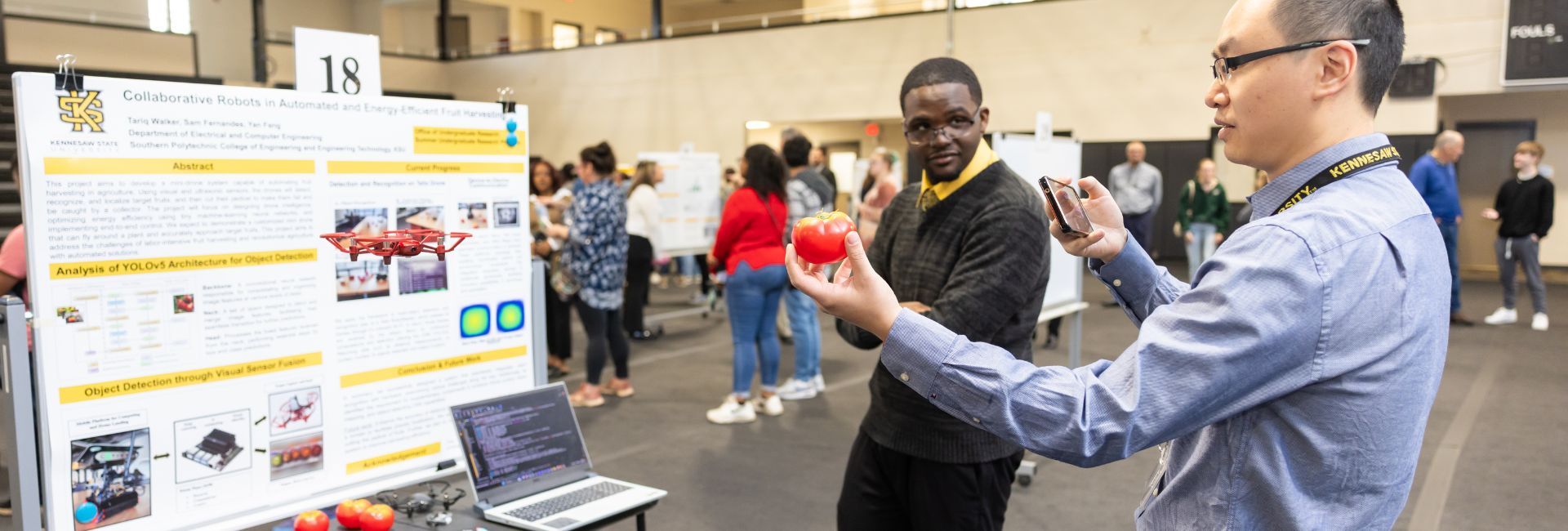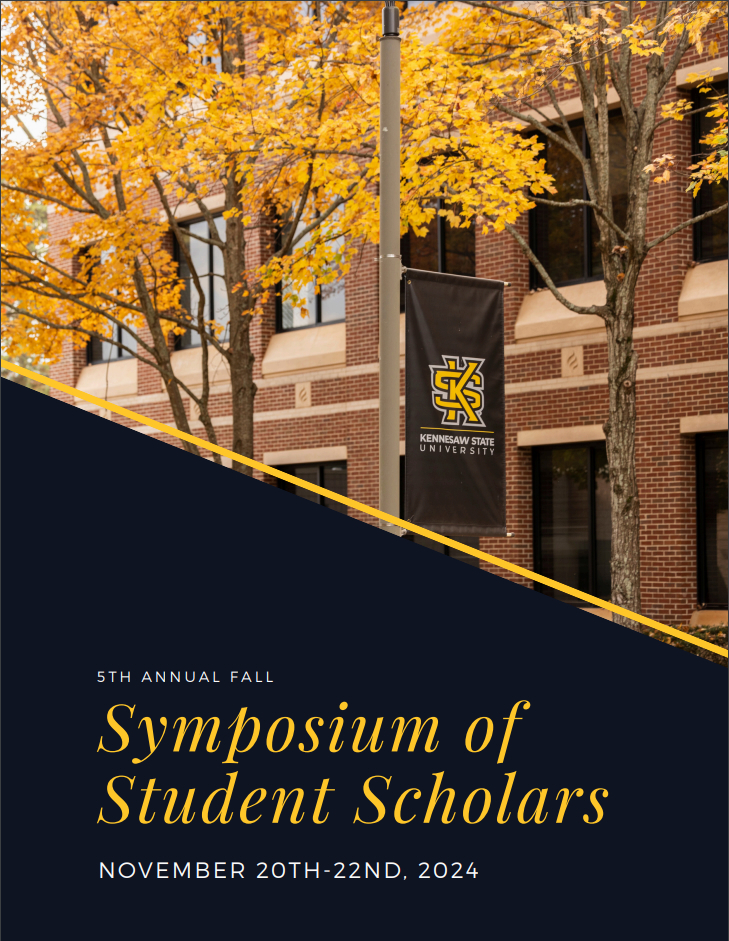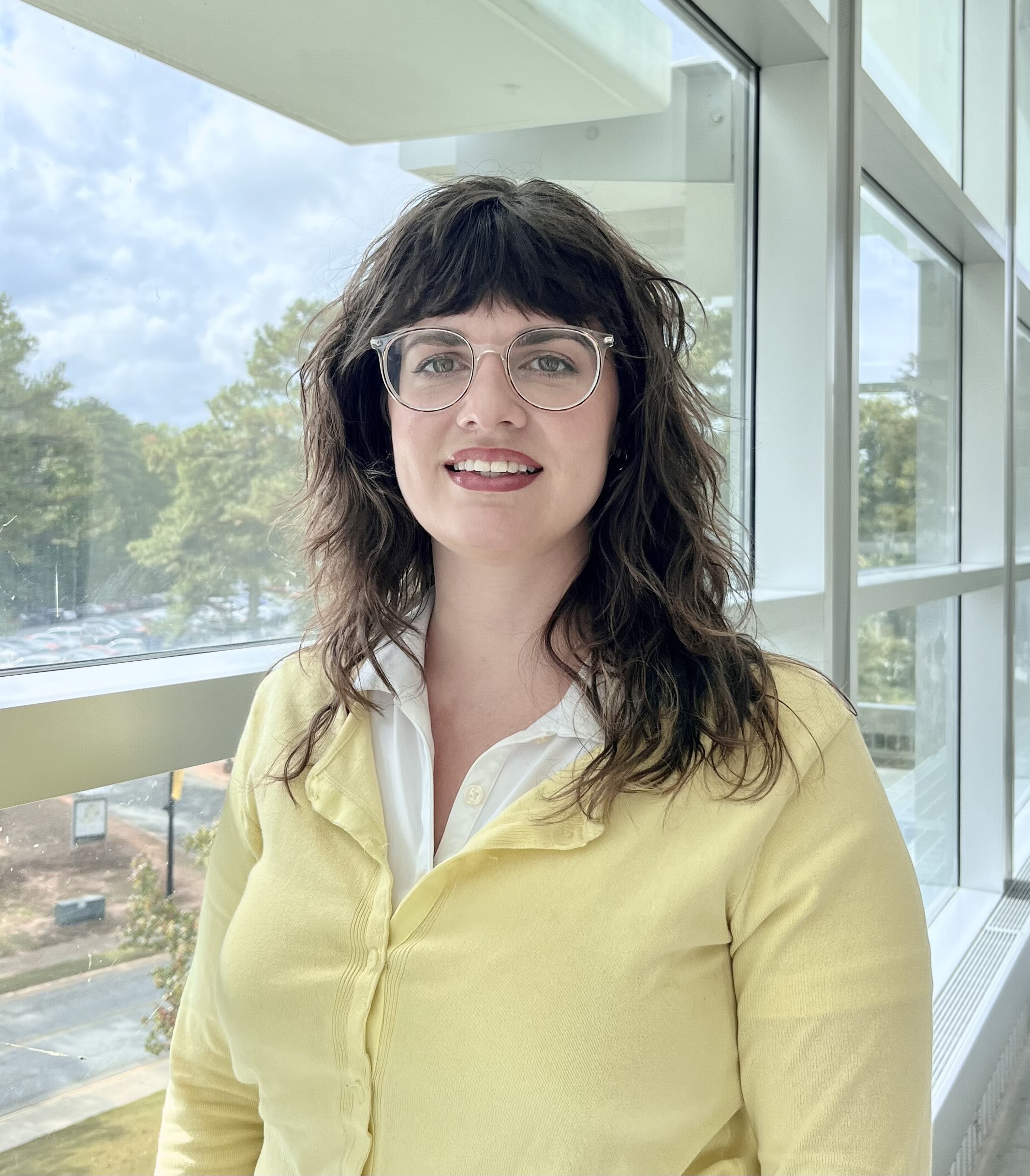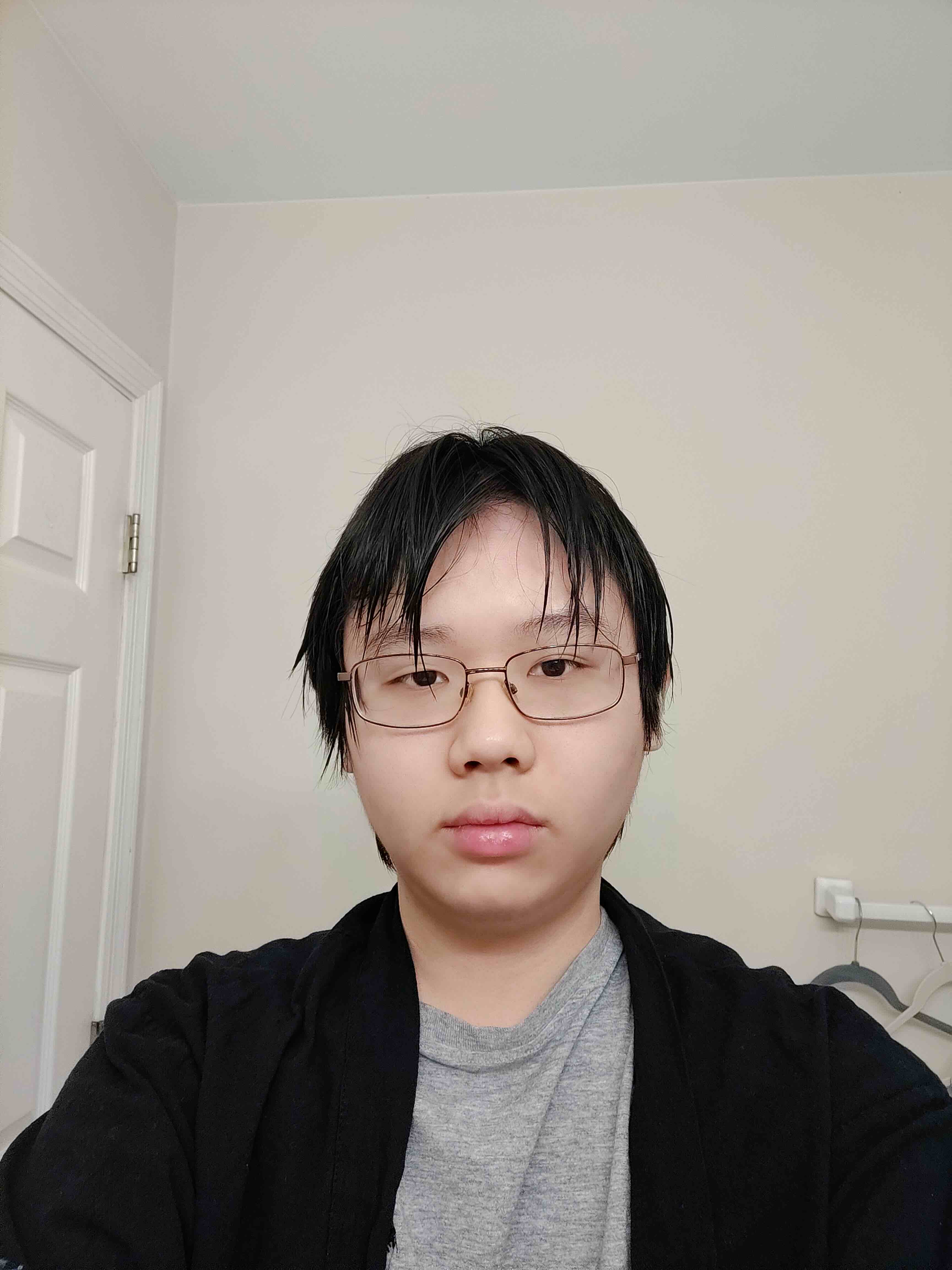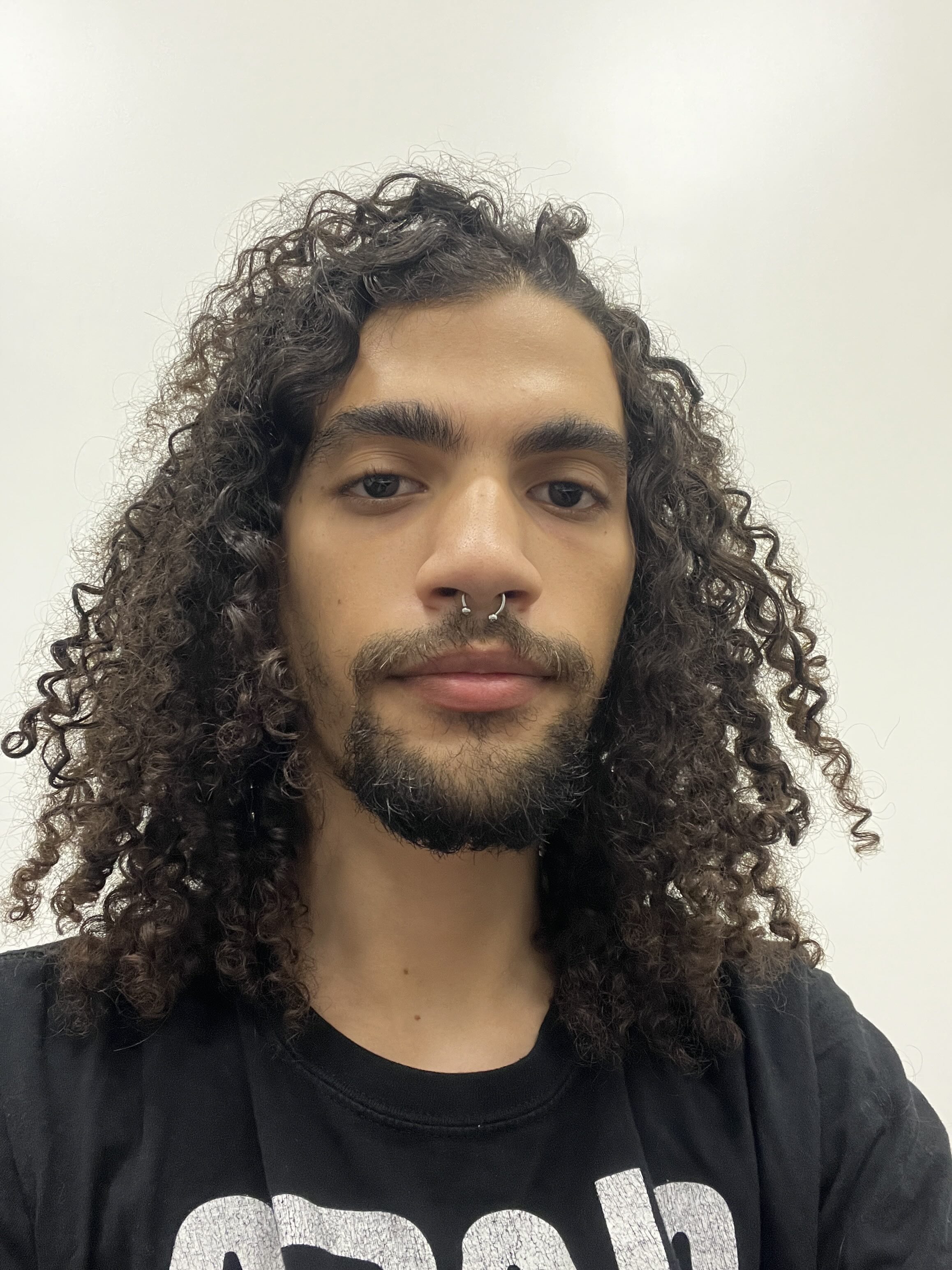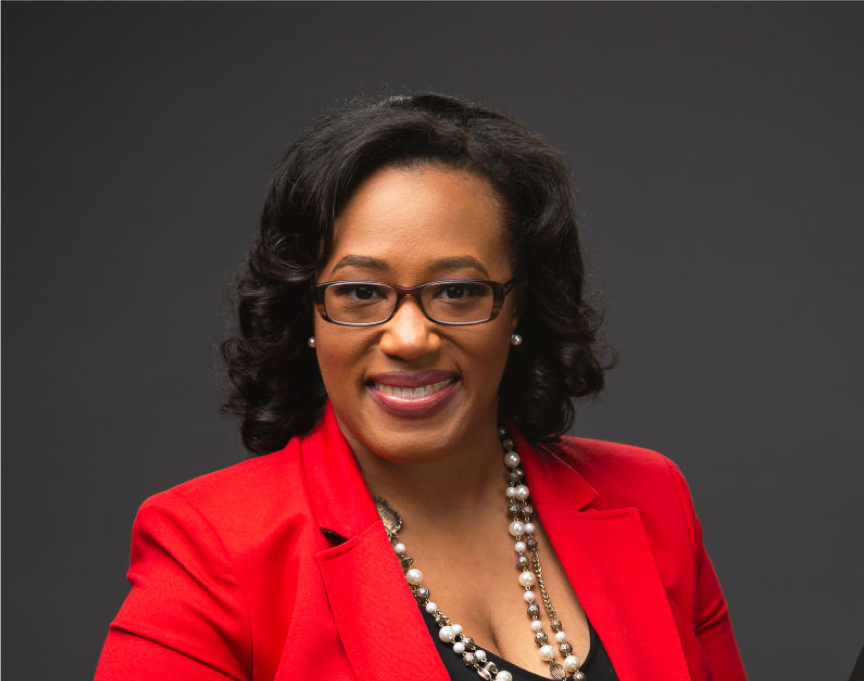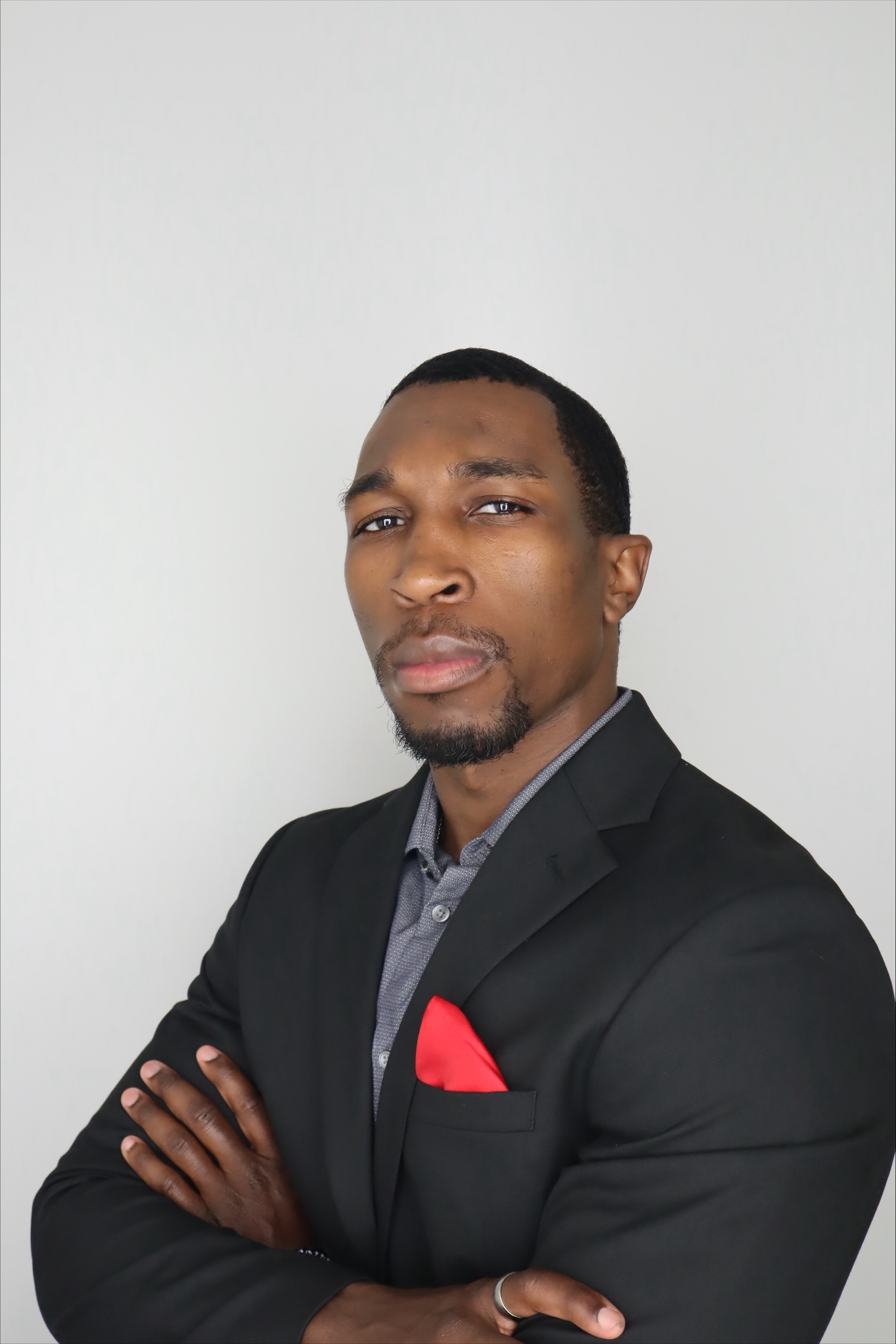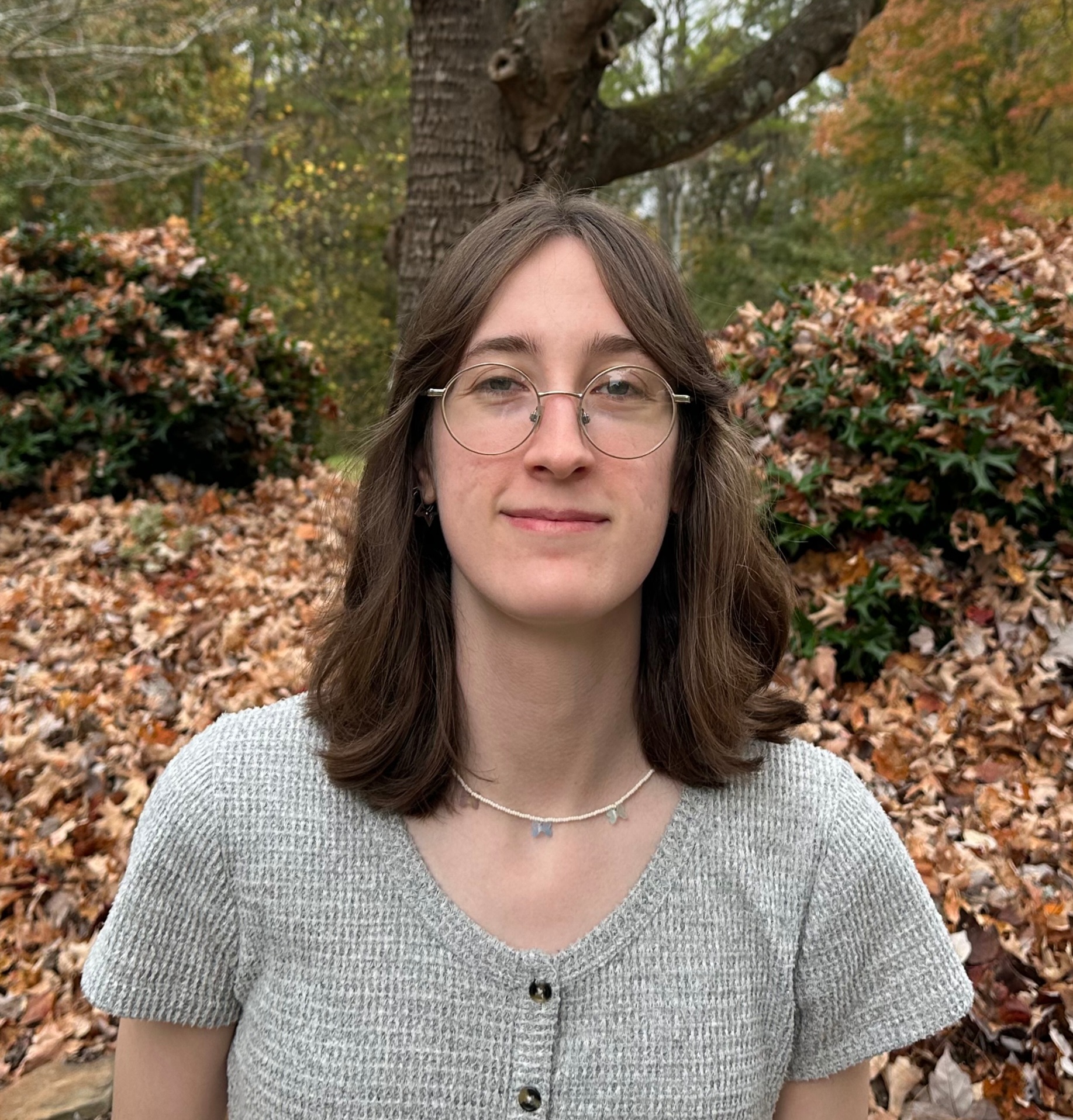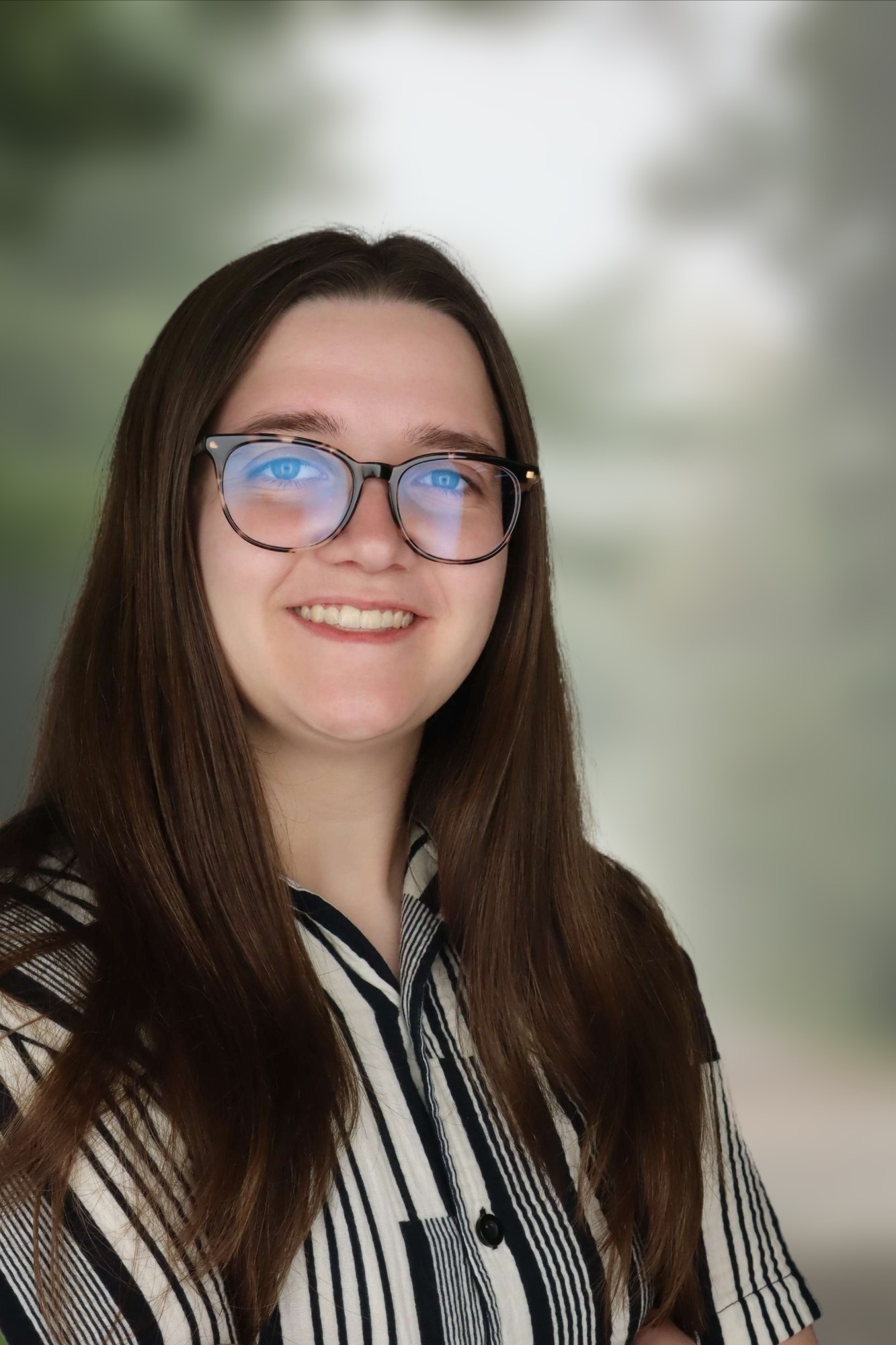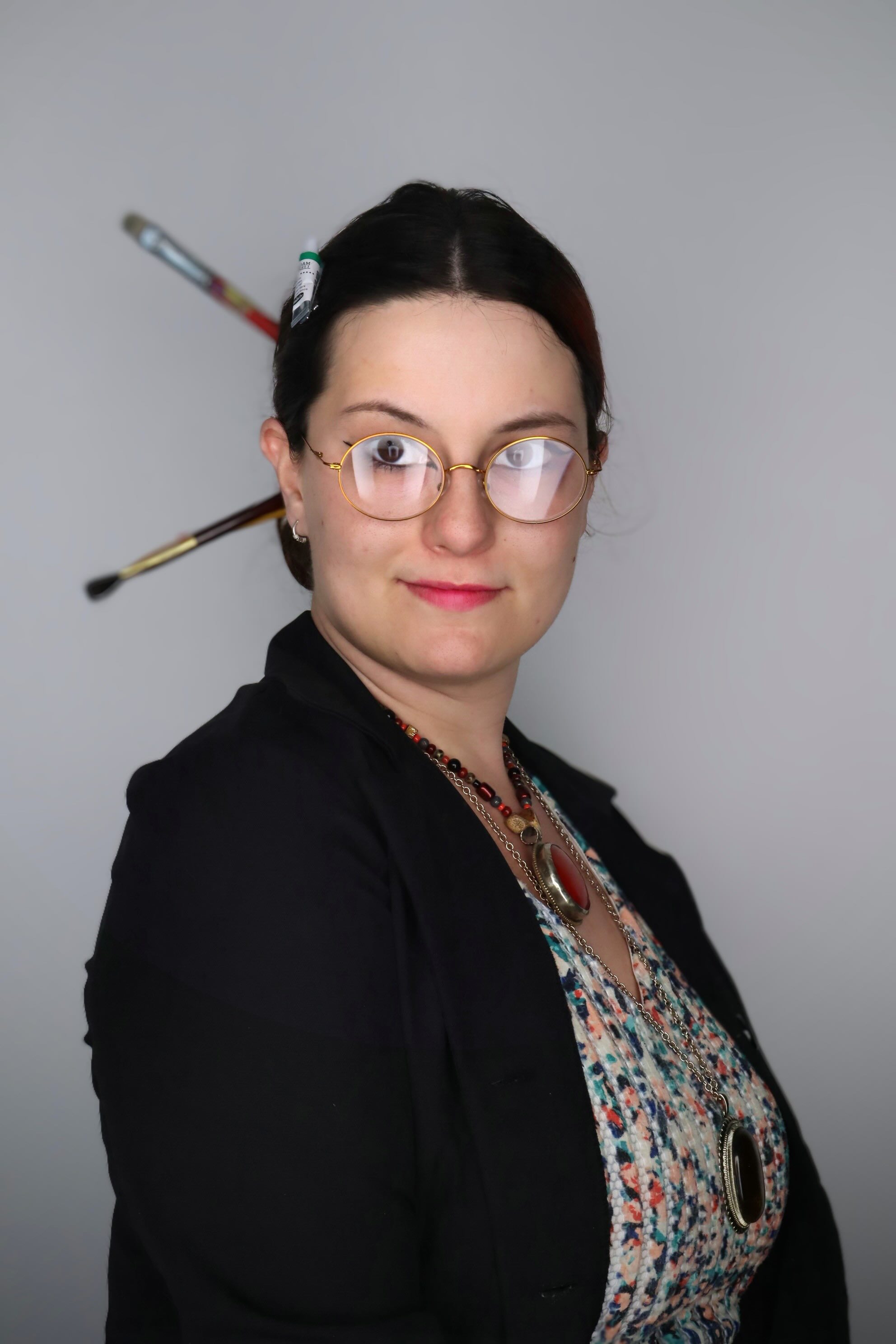|
Student: Yehong Huang
Major: Computer Science, Senior
Hometown: Guandong, China
High School: Sprayberry High School
Faculty Advisor: Dr. Chen Zhao
Description: Cardiovascular disease (CVD) is a leading cause of morbidity and mortality worldwide, responsible for millions of deaths annually and placing immense pressure on healthcare systems. Early diagnosis and effective management of conditions like coronary artery disease (CAD) are crucial for preventing severe outcomes such as heart failure and myocardial infarction. One key diagnostic tool for CAD is gated myocardial perfusion single-photon emission computed tomography (MPS), which provides detailed, phase-specific images of the heart throughout the cardiac cycle, making it essential for assessing left ventricular (LV) function.
Our method utilizes a TimeSformer model combined with FedDAvT. The modified TimeSformer model processes 3D volumetric data and learns temporal sequences within the volumes, capturing temporal correlations between cardiac phases. FedDAvT, a federated learning approach, offers superior domain adaptation and ensures patient privacy, as no raw data is shared between institutions.
Our model was trained using 150 fully deidentified MPS datasets collected from three hospitals: 73 from the First Affiliated Hospital of Nanjing Medical University, 28 from Chang Bing Show Chwan Memorial Hospital, Taiwan, and 49 from Xiangya Hospital, Central South University. Our FedDA-TSformer model achieved a Dice Similarity Coefficient (DSC) of 0.796 for the epicardium and 0.887 for the endocardium in left ventricle segmentation, demonstrating the effectiveness of our model in accurately segmenting the left ventricle.
Inspiration: My project wasn’t exactly born out of inspiration; it started as a SURP (Summer Undergraduate Research Program) project. I was a student of Professor Chen Zhao, and I saw it as an ideal chance to put what I’d learned in class into practice.
Challenges: The project came with plenty of challenges, especially in the beginning. Issues with datasets, learning new algorithms, and spending hours in front of the computer just to solve a single problem were all part of the experience. But each solved problem made the hard work worth it.
Lessons: This project taught me a lot — how to analyze and tackle problems step-by-step, consult different research literature, and work independently on academic projects, which is a rare and valuable experience.
|




